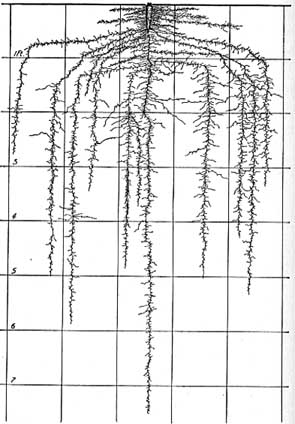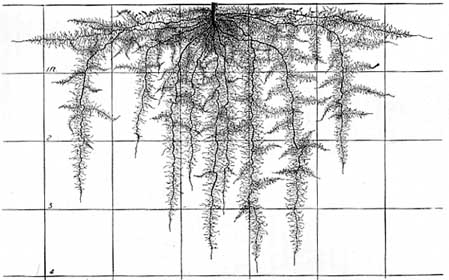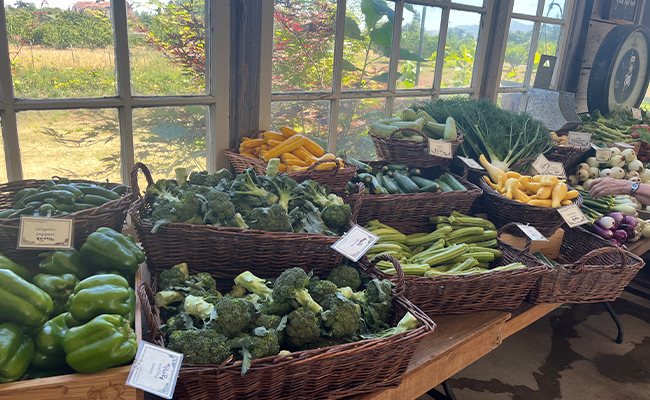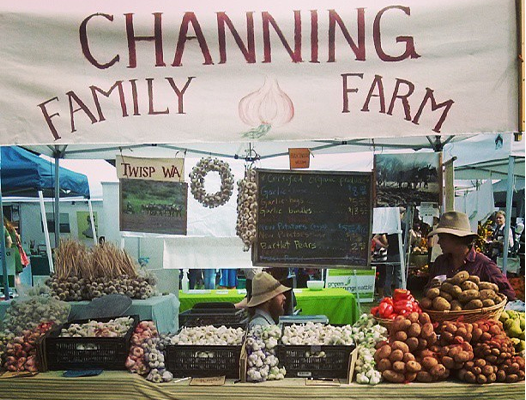The World Below Our Feet
Besides being tasty and nutritious, the plants which feed us are quite complex and beautiful from a scientific perspective. While doing some end-of-season research in preparation for next year, we came across a book called “Root Development of Vegetable Crops”, written in 1927 by two plant scientists at the University of Nebraska and now in the public domain.
Its painstakingly-rendered technical drawings are works of art in and of themselves, and as one reviewer said, “The text is like a complete gardening course delivered from underground.” In order to make this study of over 30 vegetables, deep trenches were dug along the rows of plants at various stages of growth. Nothing much has changed in plant physiology since 1927.

Carrot root
The importance of soil quality becomes abundantly clear when it is revealed just how vast the root systems of these ordinary vegetables can be. For instance, the parsnip on your Thanksgiving plate may have had a tap root reaching eight to nine feet deep, with a fine network of lateral roots up to 6 feet in diameter near the soil surface.
The carrot in your child’s lunchbox could have occupied a space the size of a broom closet! We farmers know about the way our crops grow, and can certainly sense their living presence under our feet as we walk the fields, but we never physically see them in their entirety; all but the most centralized roots break off when harvesting or tilling finished crops under.

Pepper root
Maybe we’re nerds, but we find the facts fascinating. We hope you will find them-or at least the images–very cool. Here is a link to the book: Root Development of Vegetable Crops. While you’re there, click the link at the bottom of the page to peruse other organic farming classics in the Soil & Health Holistic Agriculture Library.
Since Asteroid 2005 YU55 missed us last week and sunset is now half past four, there will be plenty of time for reading.


Leave a Reply